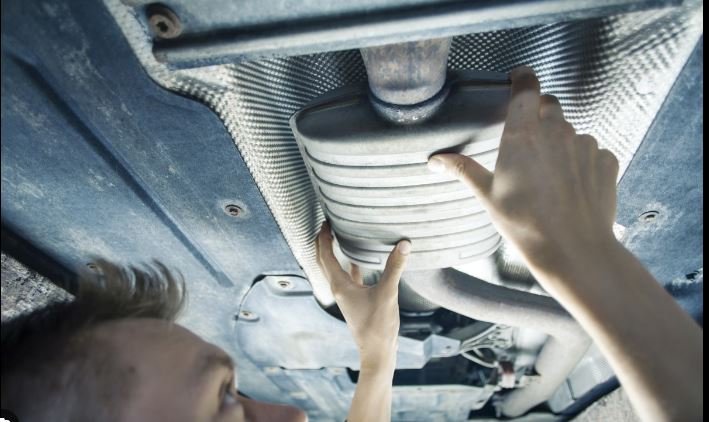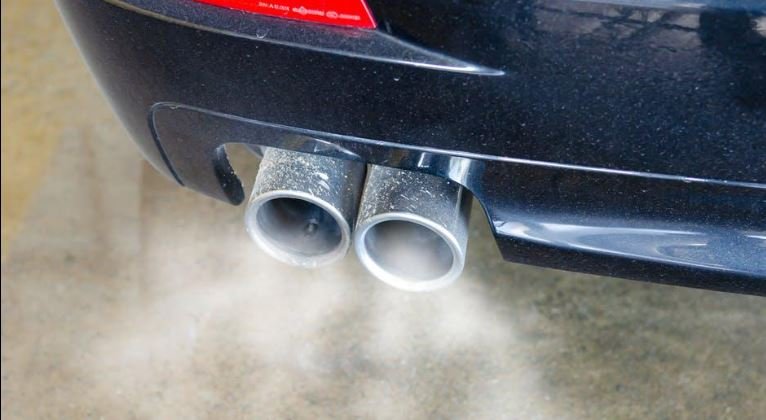Understanding common exhaust issues is crucial for maintaining your vehicle’s performance and safety. Problems with the exhaust system can lead to reduced fuel efficiency, increased emissions, and even engine damage. This guide explores various common exhaust issues, their symptoms, and how to address them effectively.

1. Exhaust Leaks
Exhaust leaks occur when there are holes or cracks in the exhaust system, allowing gases to escape before reaching the tailpipe. These leaks often result in a noticeable hissing or tapping sound, decreased fuel efficiency, and increased engine noise. Exhaust leaks can also allow harmful gases to enter the cabin, posing health risks.
2. Rust and Corrosion
Rust and corrosion are common in exhaust systems, particularly in areas with high humidity or where roads are salted in winter. Corrosion weakens the metal, leading to holes and eventual failure of the exhaust components. Regular inspections and maintenance can help detect and address rust issues early.
3. Clogged Catalytic Converter
A clogged catalytic converter can severely impact your vehicle’s performance. Symptoms include a significant drop in power, poor acceleration, increased fuel consumption, and a rotten egg smell from the exhaust. A failing catalytic converter can also trigger the check engine light.
4. Damaged Muffler
The muffler plays a key role in reducing exhaust noise. A damaged or failing muffler often results in excessively loud engine noise, reduced engine performance, and potentially increased emissions. Visible rust, holes, or signs of wear indicate the need for a replacement.
5. Faulty Oxygen Sensors
Oxygen sensors monitor the level of oxygen in the exhaust gases and help the engine control module adjust the air-fuel mixture. Faulty oxygen sensors can lead to poor fuel economy, increased emissions, and engine performance issues. A check engine light is a common indicator of a failing oxygen sensor.
6. Broken Exhaust Mounts
Exhaust mounts or hangers keep the exhaust system securely attached to the vehicle’s underbody. Broken or damaged mounts cause the exhaust system to sag or rattle, potentially leading to further damage. Regularly checking and replacing worn-out mounts can prevent these issues.
7. Exhaust Manifold Problems
The exhaust manifold collects exhaust gases from the engine’s cylinders and directs them into the exhaust pipe. Cracks or leaks in the exhaust manifold result in engine performance problems, increased noise, and exhaust odors in the cabin. Repairing or replacing the manifold resolves these issues.
8. Worn-Out Gaskets
Gaskets seal the joints between exhaust components, preventing leaks. Over time, gaskets can wear out, crack, or fail, leading to exhaust leaks. Symptoms include ticking noises, decreased fuel efficiency, and a noticeable drop in engine performance. Replacing worn-out gaskets restores proper sealing.
9. Excessive Smoke
Excessive smoke from the exhaust indicates underlying issues with the engine or exhaust system. Blue smoke suggests burning oil, white smoke indicates coolant leakage, and black smoke points to a rich fuel mixture. Diagnosing and addressing the root cause is essential for resolving these problems.
10. Malfunctioning EGR Valve
The Exhaust Gas Recirculation (EGR) valve reduces nitrogen oxide emissions by recirculating a portion of the exhaust gases back into the engine. A malfunctioning EGR valve can lead to rough idling, decreased fuel efficiency, and increased emissions. Cleaning or replacing the EGR valve typically resolves these issues.
Conclusion
Addressing common exhaust issues promptly ensures your vehicle runs efficiently, safely, and in compliance with emission standards. Regular maintenance and inspections can help identify and fix problems early, preventing more serious and costly repairs down the line. By understanding the symptoms and solutions for exhaust problems, you can keep your vehicle in top condition and extend its lifespan.




